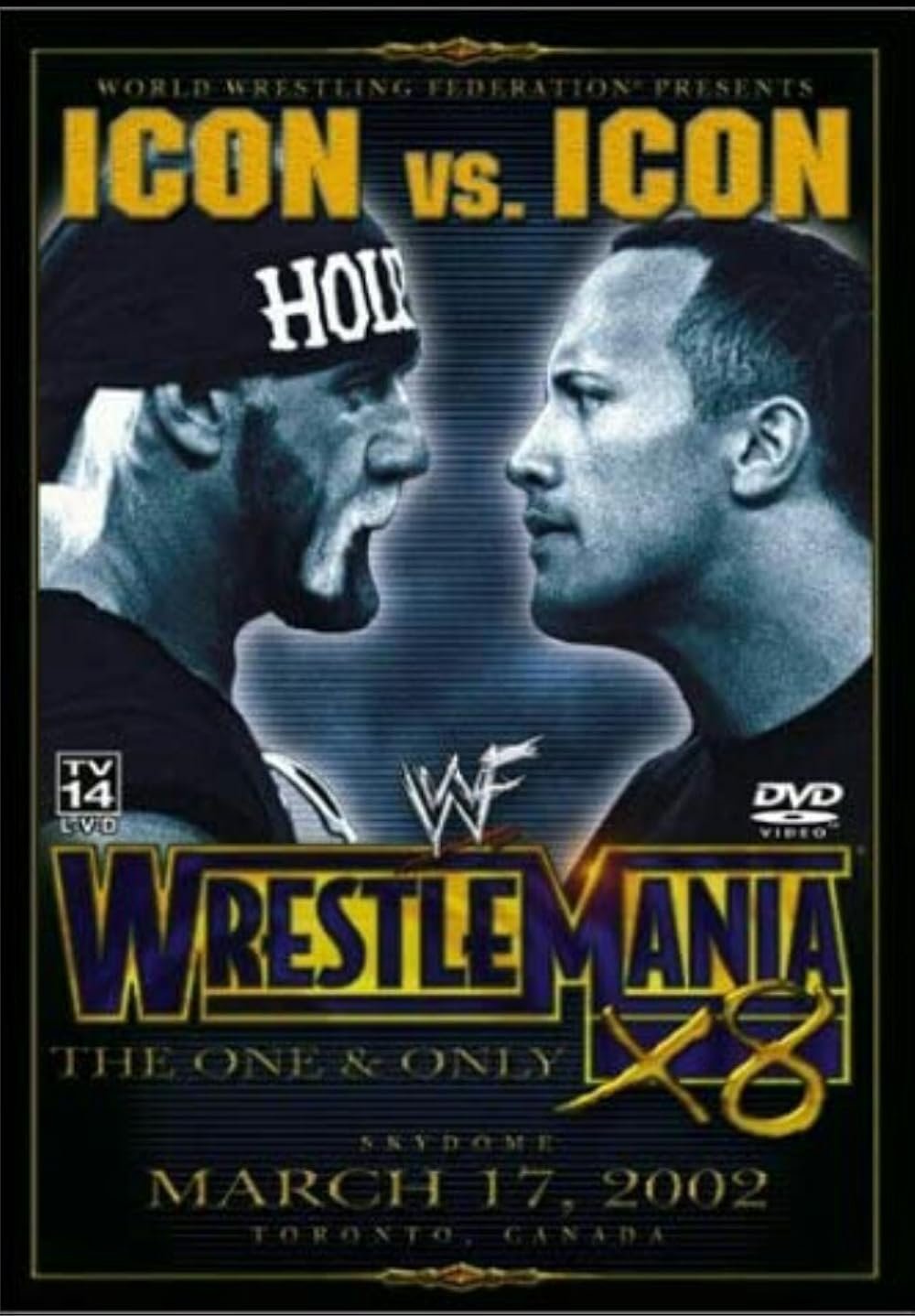When you think about the golden age of professional wrestling—the era of Saturday morning cartoons, iconic yellow t-shirts, and sold-out arenas—one name immediately comes to mind: Hulk Hogan. For decades, the accepted story has been that Hogan, backed by Vince McMahon’s marketing machine, single-handedly launched wrestling into the stratosphere of popular culture.
But that’s only half the story.
The explosive rise of wrestling in the 1980s wasn’t just an American phenomenon. It was a North American one, built on two distinct but equally important pillars. One was the larger-than-life spectacle of Hulkamania. The other was a gritty, authentic wrestling tradition forged in the cold winters of Calgary, Alberta, by the legendary Hart family. This is the story of how Canadian credibility and American charisma collided to create the sport we know today.
The Factory: Canada’s Stampede Wrestling
Long before the WWF became a global brand, Stu Hart’s Stampede Wrestling was the heart of the Canadian wrestling scene. It was a territory known for one thing: authenticity. This wasn’t just about flashy promos; it was about what happened when the bell rang.
At the core of it all was the infamous “Hart Dungeon,” a makeshift gym in Stu’s basement where he trained his sons and a generation of other hopefuls. The training was notoriously grueling, instilling a level of technical skill and sheer toughness that was unmatched. Graduates of the Dungeon were known for their believable, athletic style.
This pipeline of talent became the secret weapon of the WWF’s expansion. Performers like Bret “The Hitman” Hart, his brother Owen Hart, “The British Bulldog” Davey Boy Smith, the revolutionary Dynamite Kid, and Jim “The Anvil” Neidhart all came from Stampede. They were the workhorses, the masters of their craft who gave the WWF’s roster an undeniable depth and legitimacy.
The Spectacle: Hulkamania Runs Wild
While the Harts were building wrestling machines in Calgary, Hulk Hogan was becoming a cultural icon in the United States. Handpicked by Vince McMahon, Hogan was the perfect storm of charisma, physique, and superheroic persona. He wasn’t just a wrestler; he was the living embodiment of the 1980s.
His “Rock ‘n’ Wrestling Connection” brought in celebrities like Cyndi Lauper and Mr. T, culminating in the first WrestleMania—an event that shattered pop culture boundaries. Hogan’s message to his “Hulkamaniacs” to “train, say your prayers, and eat your vitamins” made him a hero to millions of kids. He sold the tickets, the merchandise, and the pay-per-views. He was the engine of the entire operation.
The Fusion: When Worlds Collided
Here’s where the two stories merge. The genius of the WWF’s golden age was its perfect fusion of these two pillars. Hogan provided the spectacle, the can’t-miss attraction that drew in casual fans. But it was the Stampede alumni who made the product credible. They were the ones who could have a technically brilliant match in the middle of the card, grounding the entire show in a sense of legitimate athletic competition.
Without the Stampede-trained roster, the WWF might have been dismissed as a live-action cartoon. Without Hogan, the incredible talent from Canada may never have reached a global audience. They needed each other. One was the sizzle, the other was the steak.
North of the Border: Hogan’s Canadian Legacy
The ultimate proof of this intertwined history lies in Hulk Hogan’s own career. Canada wasn’t just another stop on the tour for him; it was the stage for some of his most defining and legendary moments.
WrestleMania VI (Toronto, 1990): In a colossal “Champion vs. Champion” match, Hogan faced The Ultimate Warrior at the SkyDome. In front of nearly 70,000 Canadian fans, Hogan did the unthinkable: he lost cleanly, passing the torch in a moment that sent shockwaves through the industry.
WrestleMania X8 (Toronto, 2002): This may be the single greatest example of the power of a Canadian crowd. Hogan returned as the villainous “Hollywood” Hogan to face the people’s hero, The Rock. But the Toronto crowd completely flipped the script. They showered their childhood hero, Hogan, with such thunderous cheers that they effectively turned him back into a good guy during the match. It was a magical, unscripted moment where the fans’ deep-rooted connection to a wrestling icon overrode any storyline.
Hogan understood the unique passion of Canadian fans, even once allowing Montreal’s own Jacques Rougeau to pin him—a rare honour that showed his respect for the country’s wrestling heritage.
So, while Hulkamania may have been born in the USA, its legacy was cemented in Canada. The story of wrestling’s rise is not just about one man. It’s a story of two nations, two philosophies, and the perfect fusion of spectacle and sport that created a global phenomenon.

